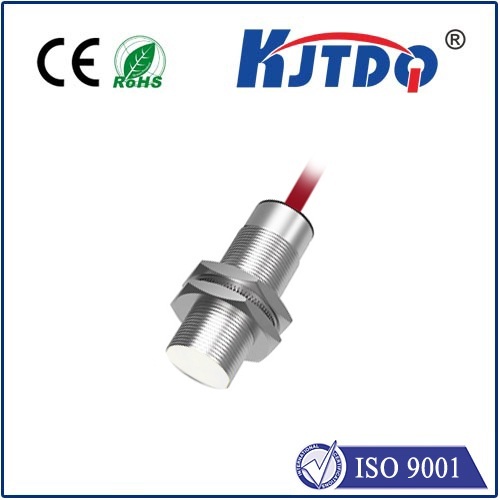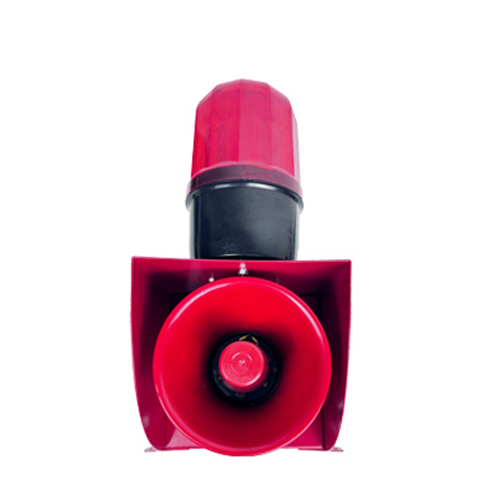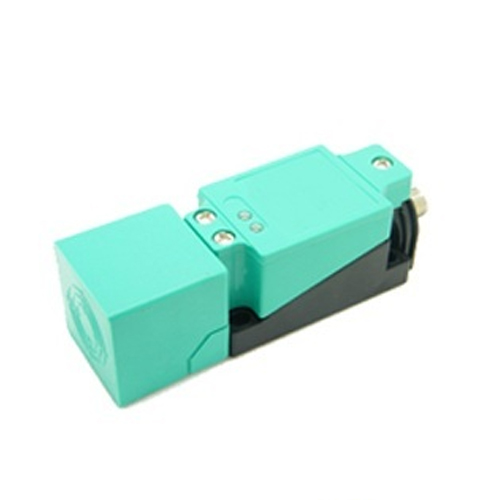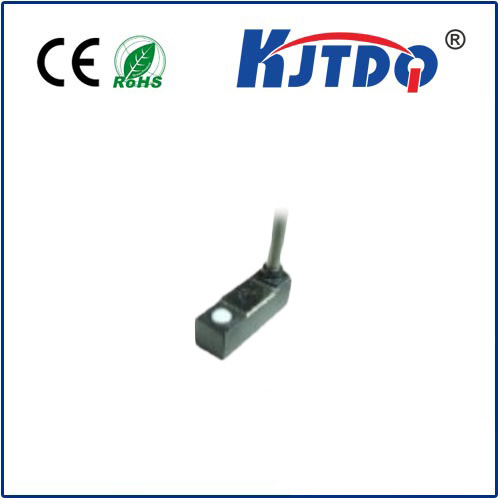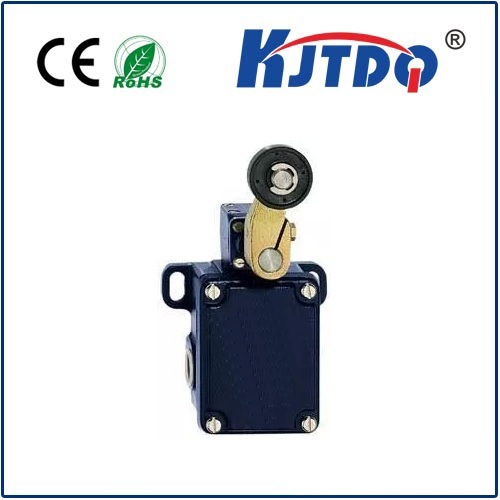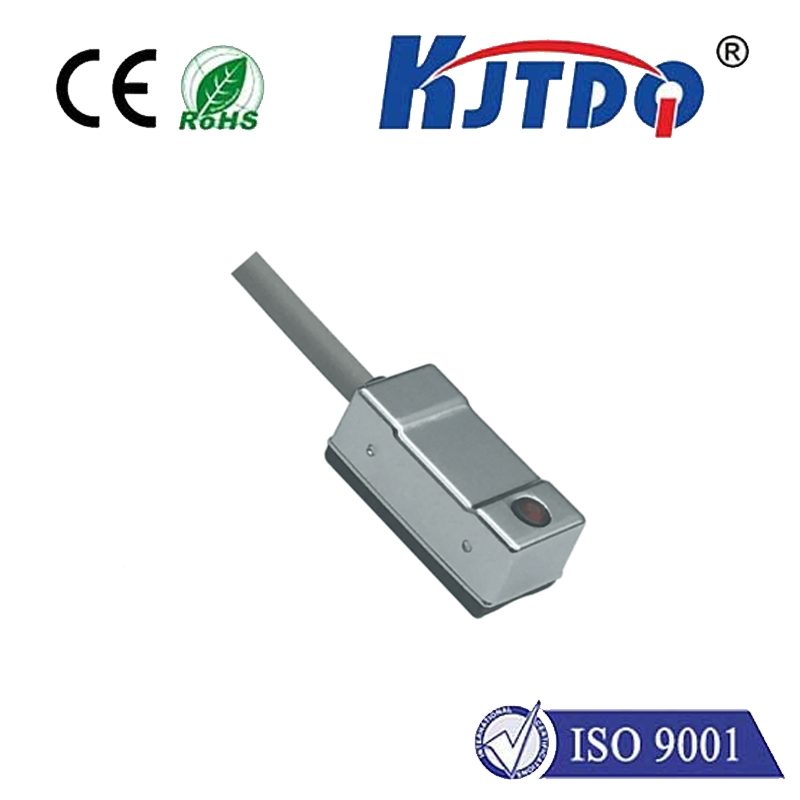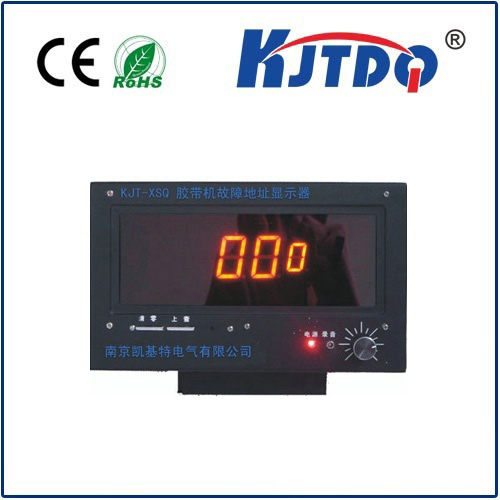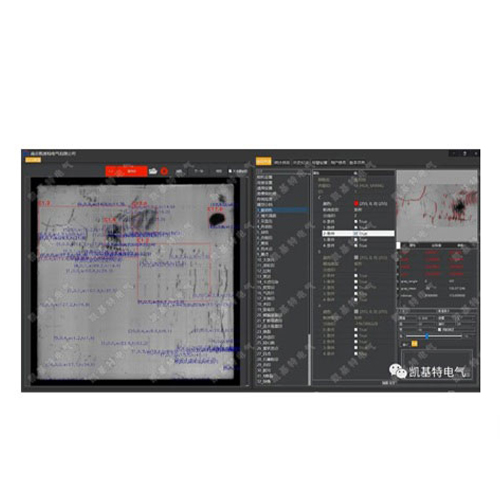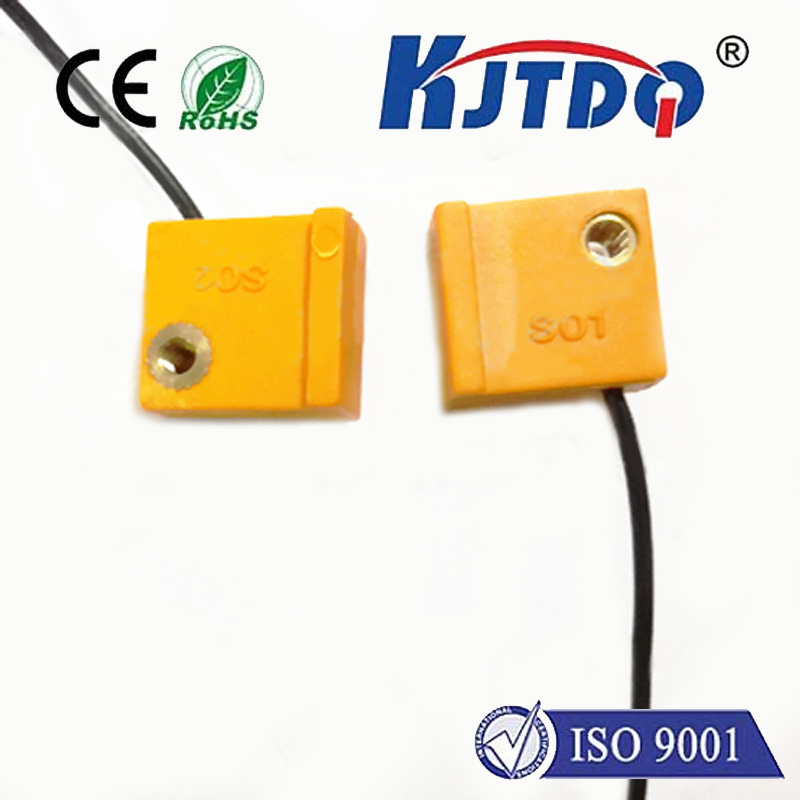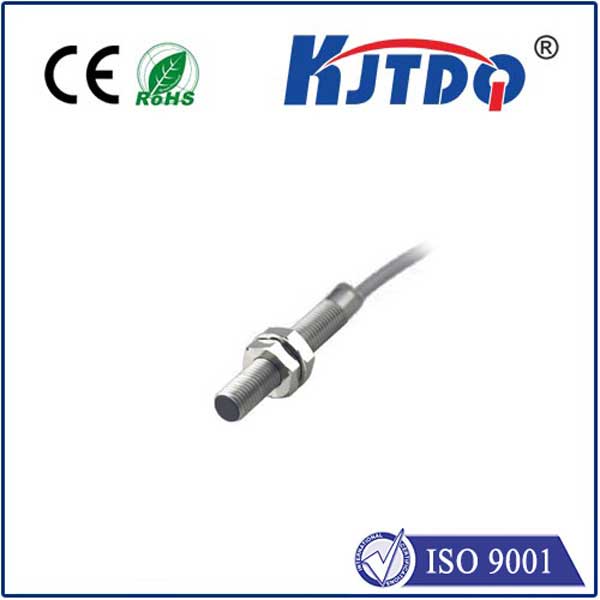

check

check

check

check

check

check

check

check

check

check
Title: The Importance of Crane Limit Switches in Industrial Safety
The operation of cranes is an integral part of many industrial processes, from construction sites to warehouse facilities. These machinery giants are designed to lift and move heavy loads with precision and efficiency. However, like any powerful equipment, safety measures are paramount to ensure the wellbeing of workers and the integrity of the structures they interact with. This is where crane limit switches come into play as a critical component of crane safety systems.
A crane limit switch is a device that prevents the crane from operating beyond its predefined limits. It works by cutting off power to the crane's motor when it reaches a certain point, preventing any further movement that could lead to accidents or damage. There are various types of limit switches for cranes, including mechanical switches, electronic switches, and proximity sensors. Each type serves the same purpose but may offer different levels of accuracy and reliability depending on the specific application requirements.

One primary function of a crane limit switch is to protect personnel working around the crane. By setting physical boundaries for the crane's motion, limit switches prevent collisions and keep workers out of harm's way. For instance, if a crane approaches a worker or another object that it is not supposed to contact, the switch activates and stops the crane immediately, thus preventing potentially fatal incidents.
In addition to safeguarding human life, crane limit switches also protect the structural integrity of the crane itself. Overextending or overloading a crane can cause severe damage to its components, leading to costly repairs or even complete replacement of the equipment. With limit switches in place, operators can be confident that their cranes will not exceed safe parameters set for height, depth, or weight capacity.
Furthermore, limit switches play a crucial role in enhancing operational efficiency. They help maintain productivity by ensuring that crane movements are accurate and repeatable. This precision allows for faster load handling times and reduces the risk of errors that could lead to delays or product damage.
Maintenance of crane limit switches is equally important for their effective functioning. Routine checks should be performed to ensure the switches are properly aligned and free from obstruction or wear. If a fault is detected, immediate action must be taken to repair or replace the switch to avoid any compromise in safety standards.
In conclusion, the implementation and maintenance of crane limit switches are essential for promoting a safe and efficient work environment. As technology advances, these devices continue to evolve, offering enhanced features such as wireless monitoring and intelligent diagnostics. Nevertheless, their fundamental role remains unchanged – to serve as the guardians of safety within the bustling world of industrial crane operations.
